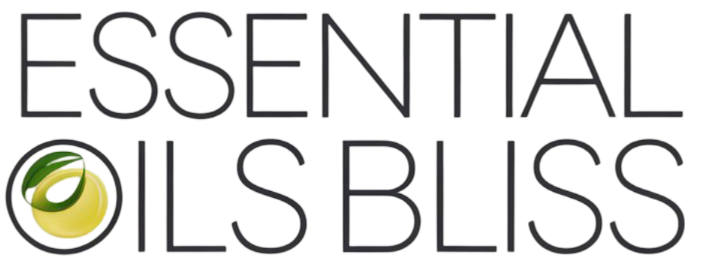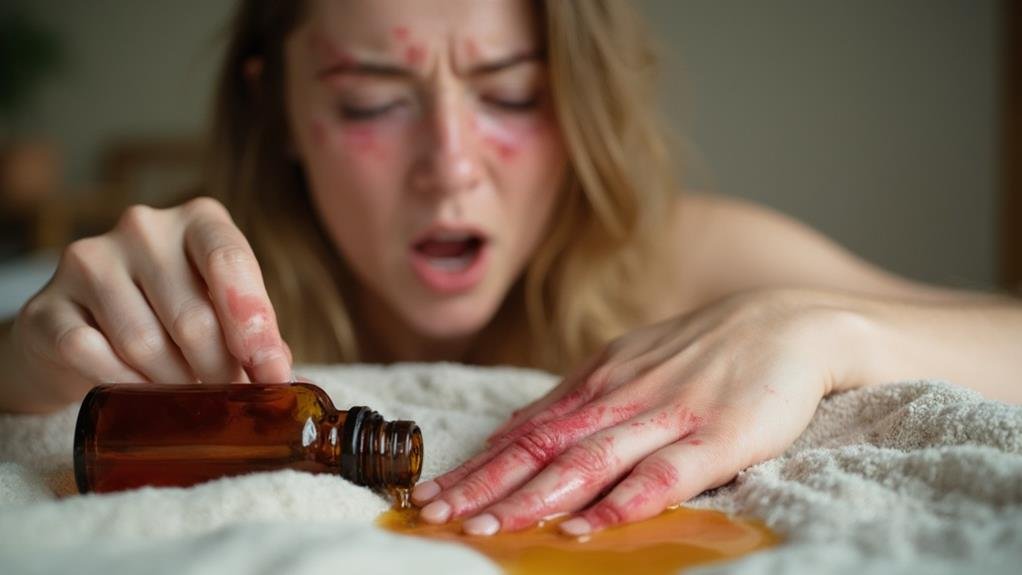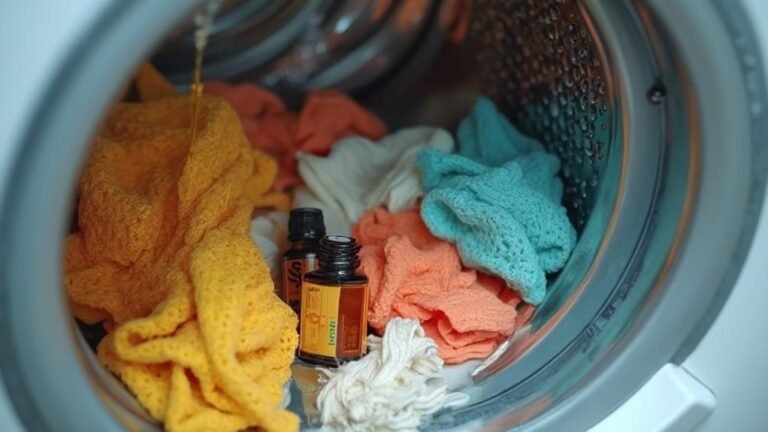How to Remove Essential Oil From Your Skin?
To remove essential oil from your skin, first identify the specific oil used. If irritation is mild, wash with mild soap and water.
For severe irritation, seek medical help. Choose a removal method based on the oil type and irritation level to ensure safe and effective removal.
How to Remove Essential Oil From Skin
Here are the steps involved for removing essential oils from skin.
1. Identify the Essential Oil Used
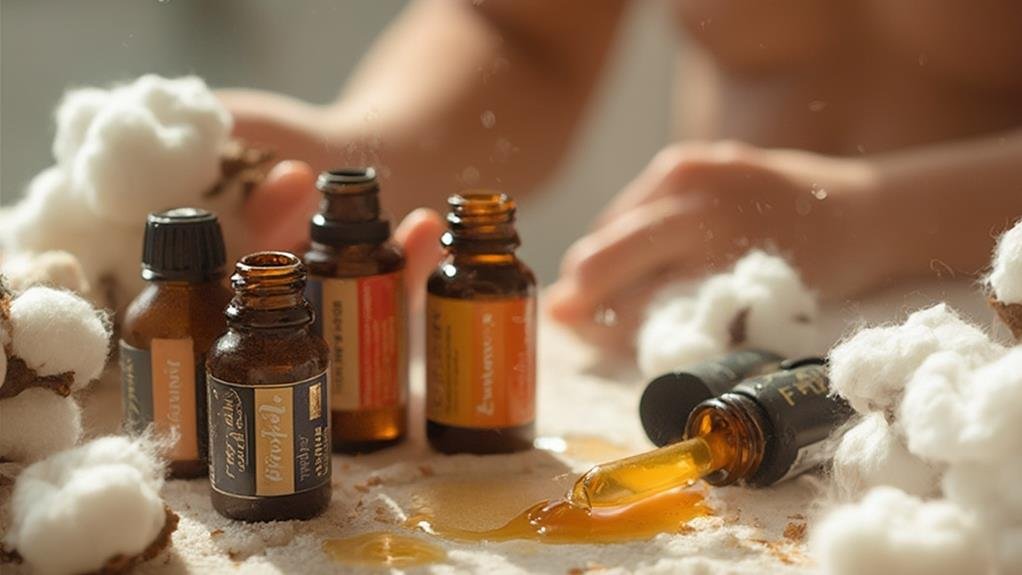
The first step is to identify the specific essential oil that you have applied to your skin. To identify the essential oil you’ve applied, follow these steps:
- Check the Label: Look at the bottle or container for any labels or markings. This is the simplest way to determine which essential oil it is.
- Smell Test: Essential oils have distinct scents. If you can recall the smell, compare it to known scents like lavender, peppermint, or eucalyptus.
- Color and Consistency: Observe the color and consistency of the oil. Some oils have unique colors or thickness.
- Consult a List: If you have multiple oils, refer to an inventory list if you keep one. This can help narrow down possibilities based on what you typically use.
- Contact the Seller or Brand: If you’re unsure, reach out to where you purchased the oil. They might have records of your purchases.
- Use a Test Strip: Apply a small amount to a test strip or paper and see how it behaves over time. Some oils leave distinct residues.
Identifying the oil correctly is crucial for choosing the best method to safely remove it from your skin, especially if you experience irritation or an allergic reaction.
2. Assess the severity of the irritation
After identifying the type and concentration of the essential oil, examine the affected skin area.
Look for signs of redness, swelling, blistering, or burning. If severe symptoms occur, such as difficulty breathing or swallowing, seek medical attention immediately.
3. Choose a removal method
There are a number of different methods that you can use to remove essential oil from your skin. The best method for you will depend on the type of essential oil and the severity of your irritation. Check out mixing essential oils with coconut oil for effective results. The home remedies (covered in detail later) for the various types of essential oils are listed below.
| Remedy | Suitable Essential Oils | Notes |
|---|---|---|
| Baking Soda and Water Paste | Cinnamon, Clove | Avoid if sensitive skin |
| Coconut or Vegetable Oil | Peppermint, Eucalyptus | Suitable for all skin types |
| Rubbing Alcohol | Tea Tree, Rosemary | Use with caution on sensitive skin |
| Dishwashing Liquid/Shampoo | Lemon, Orange | Ensure product is gentle |
| Honey and Water Mixture | Lavender, Chamomile | Ideal for sensitive skin |
| Aloe Vera Gel | Bergamot | Suitable for all skin types |
| Witch Hazel | Tea Tree, Patchouli | Good for oily or acne-prone skin |
Home Remedies for Removing Essential Oil
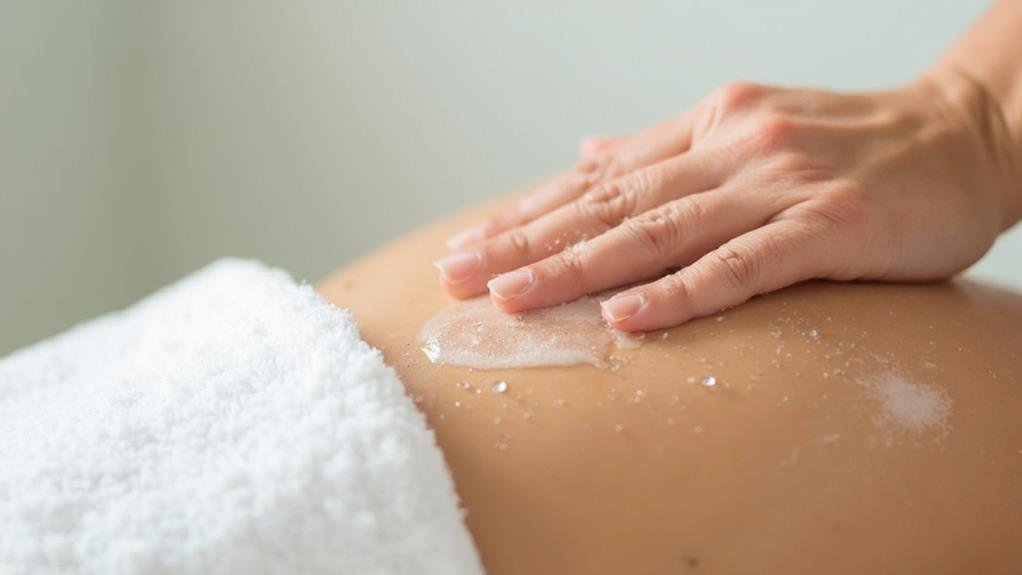
- Baking soda and water paste: This is a simple and effective way to remove essential oil from your skin. Mix 1 tablespoon of baking soda with a few drops of water to form a paste. Apply the paste to the affected area and leave it on for 15-20 minutes. Then, rinse the paste off with warm water.
- Coconut or vegetable oil: These oils can help to break down the essential oil and make it easier to remove. Apply a generous amount of coconut or vegetable oil to the affected area and massage it in gently. Then, wipe away the oil with a soft cloth.
- Rubbing alcohol: Rubbing alcohol is a strong solvent that can help to remove essential oil. Apply a small amount of rubbing alcohol to a cotton ball and gently dab it on the affected area. Be sure to avoid getting rubbing alcohol in your eyes or nose.
- Dishwashing liquid or shampoo: These products can also help to remove essential oil. Apply a small amount of dishwashing liquid or shampoo to a cotton ball and gently dab it on the affected area. Then, rinse the area with warm water.
- Honey and water mixture: This mixture can help to soothe the skin and remove essential oil. Mix 1 tablespoon of honey with 1 tablespoon of water. Apply the mixture to the affected area and leave it on for 15-20 minutes. Then, rinse the mixture off with warm water.
- Aloe vera gel: Aloe vera gel is a natural healing agent that can help to soothe the skin and reduce inflammation. Apply a generous amount of aloe vera gel to the affected area and leave it on until it is absorbed.
- Witch hazel: Witch hazel is a natural astringent that can help to tighten pores and remove excess oil. Apply a small amount of witch hazel to a cotton ball and gently dab it on the affected area.
Additional Tips
- If your skin is severely irritated, it is important to seek medical attention.
- Avoid scratching or rubbing your skin. This can further irritate your skin and make the rash worse.
- Apply a moisturizer to the affected area after removing the essential oil. This will help to soothe your skin and prevent further irritation.
- If you are using essential oils for the first time, it is important to start with a small amount and patch test the oil on a small area of skin before applying it to a larger area.
Conclusion
Essential oils can be a safe and effective way to improve your health and well-being. However, it is important to use them with caution. If you have applied too much essential oil to your skin or have developed a rash, it is important to remove the oil as soon as possible.
By following the tips in this article, you can safely and effectively remove essential oil from your skin. Furthermore, exploring how mixing essential oils with Vitamin E oil can benefit skin recovery could be useful.
